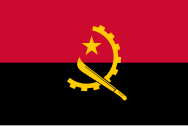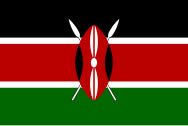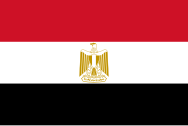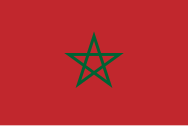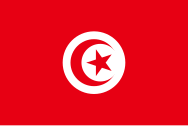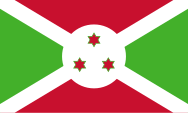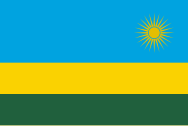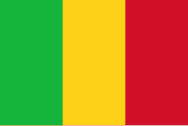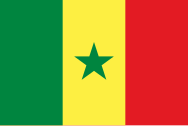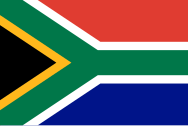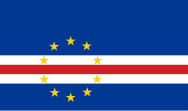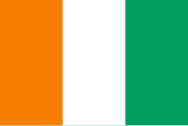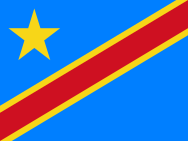- South Sudan - History
- South Sudan - Kingdoms
- South Sudan - Royal Archives
- South Sudan - Treaties
- South Sudan - Economy
- South Sudan - Technology
- South Sudan - Diaspora
- South Sudan - Culture
- South Sudan - Migration
- South Sudan - Museums
- South Sudan - Architecture
- South Sudan - Education
- South Sudan - Geneology
- South Sudan - Music
- South Sudan - Art
- South Sudan - Dance
- South Sudan - General
- South Sudan - People
South Sudan

Country Flag
South Sudan officially the Republic of South Sudan, is a landlocked country in East Africa. It is bordered on the north by Sudan; on the east by Ethiopia; on the south by the Democratic Republic of the Congo, Uganda and Kenya; and on the west by Central African Republic. South Sudan's diverse landscape includes vast plains and plateaus, dry and tropical savannahs, inland floodplains, and forested mountains. The Nile River system is the defining physical feature of the country, running south to north across its center, which is dominated by a large swamp known as the Sudd. South Sudan has a population of 12.7 million. Juba is the capital and largest city.
Sudan was occupied by Egypt under the Muhammad Ali dynasty and governed as an Anglo-Egyptian condominium until Sudanese independence in 1956. Following the First Sudanese Civil War, the Southern Sudan Autonomous Region was formed in 1972 and lasted until 1983. A second Sudanese civil war soon broke out in 1983 and ended in 2005 with the Comprehensive Peace Agreement. Later that year, southern autonomy was restored when an Autonomous Government of Southern Sudan was formed. South Sudan became an independent state on 9 July 2011, following 98.8% support for independence in a January 2011 referendum and is the most recent country to be formed. It is the most recent sovereign state with widespread recognition as of 2024.
South Sudan descended into a civil war from 2013 to 2020, enduring rampant human rights abuses, including forced displacement, ethnic massacres, and killings of journalists by various parties. It has since been governed by a coalition formed by leaders of the former warring factions, Salva Kiir Mayardit and Riek Machar. The country continues to recover from the war while experiencing ongoing and systemic ethnic violence.
The South Sudanese population is composed mostly of Nilotic peoples spanning a variety of ethnic, tribal, and linguistic groups. It is demographically among the youngest nations in the world, with roughly half its people under 18 years old. The majority of inhabitants adhere to Christianity or various traditional indigenous faiths, with a sizeable Muslim minority.
South Sudan is a member of the United Nations, African Union, East African Community, and the Intergovernmental Authority on Development. It is one of the least developed countries in the world, ranking second to last in the Human Development Index, ahead of only Somalia, and having the fourth-lowest nominal GDP per capita, after Sierra Leone, Afghanistan and Burundi.


